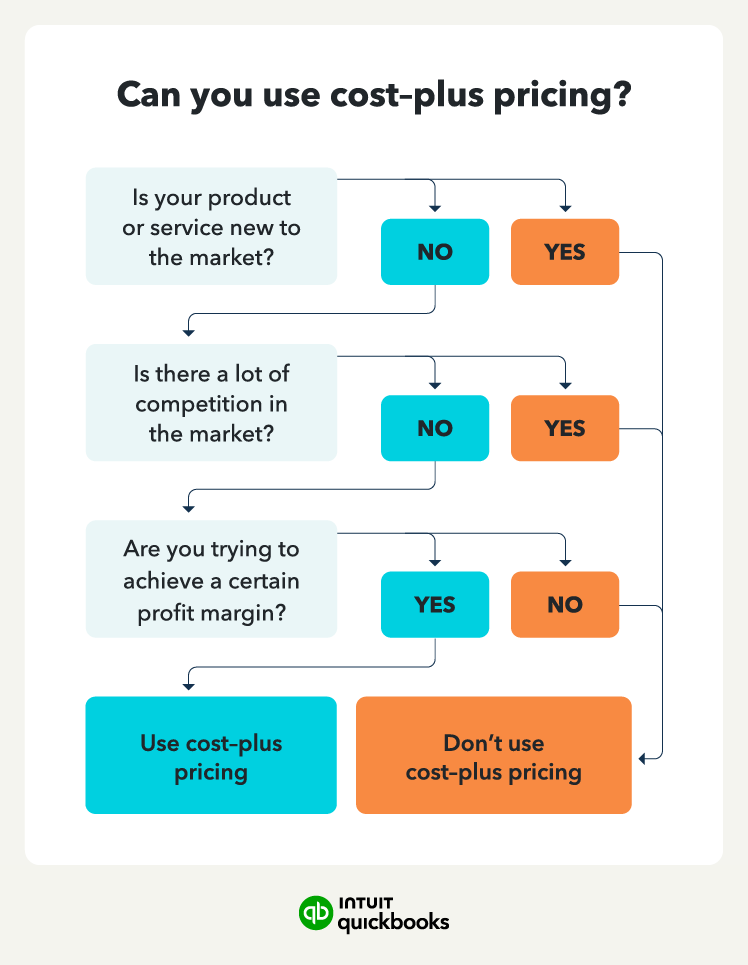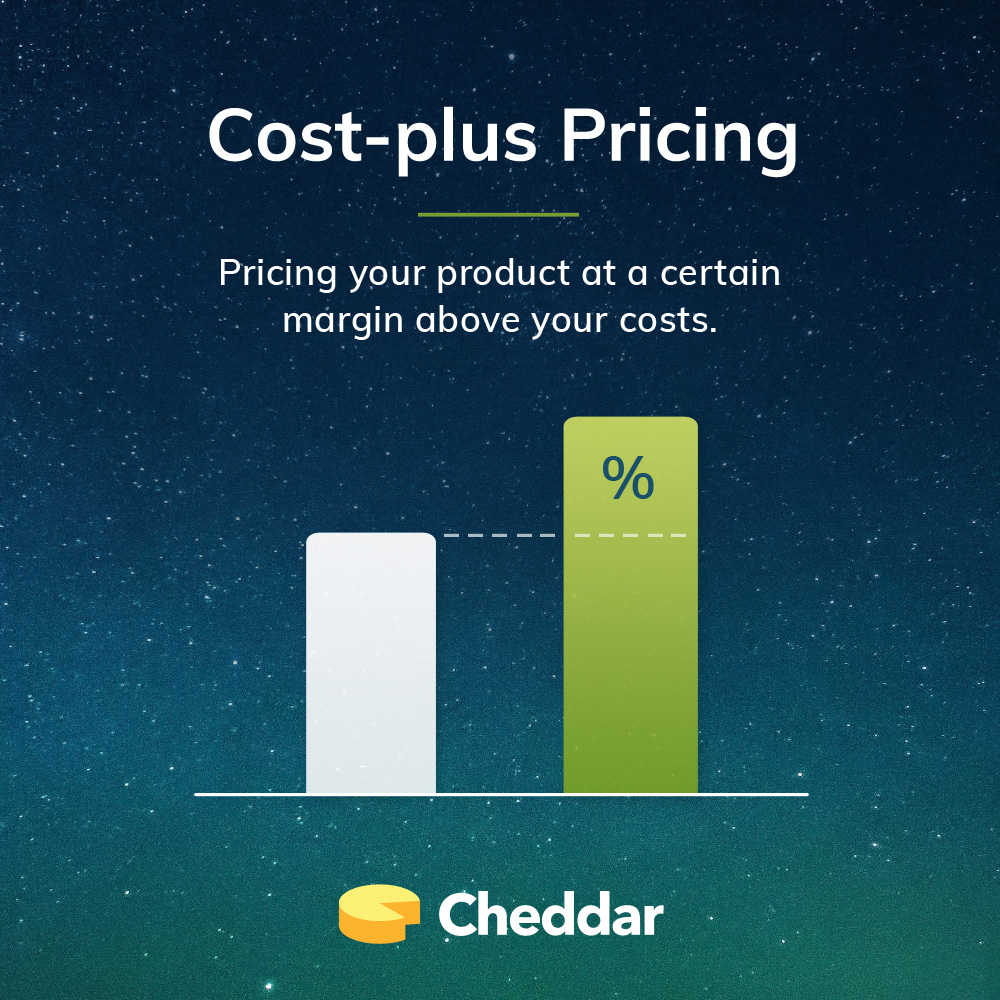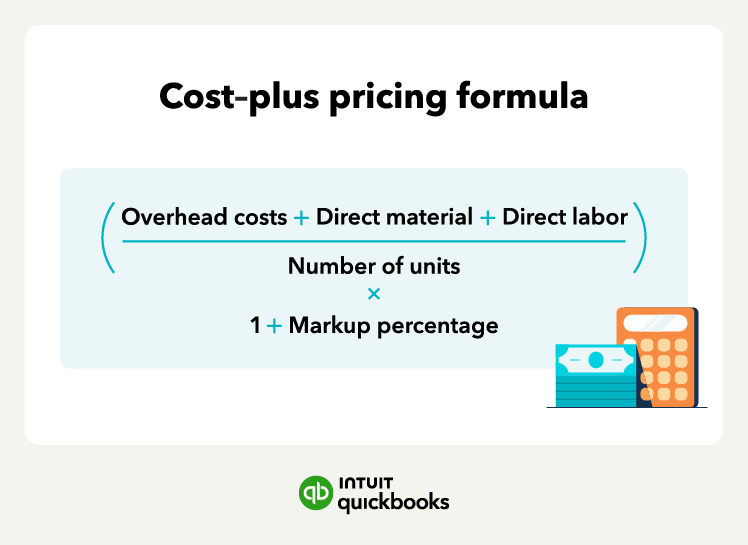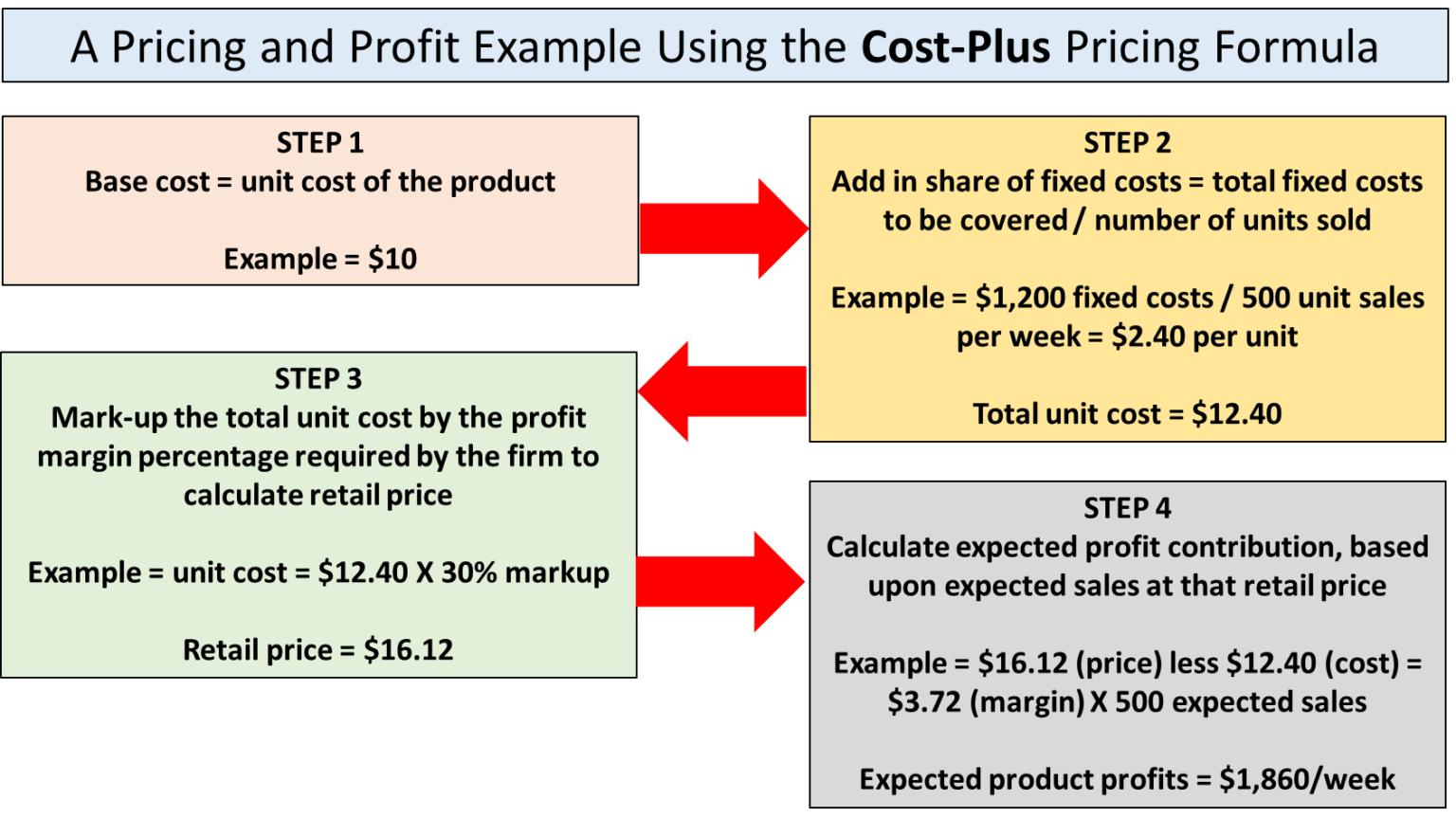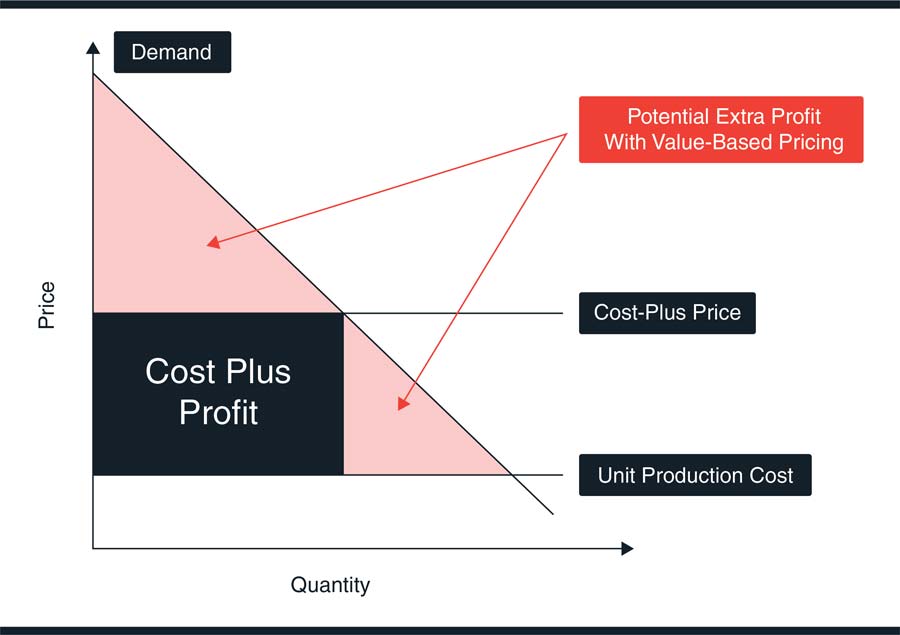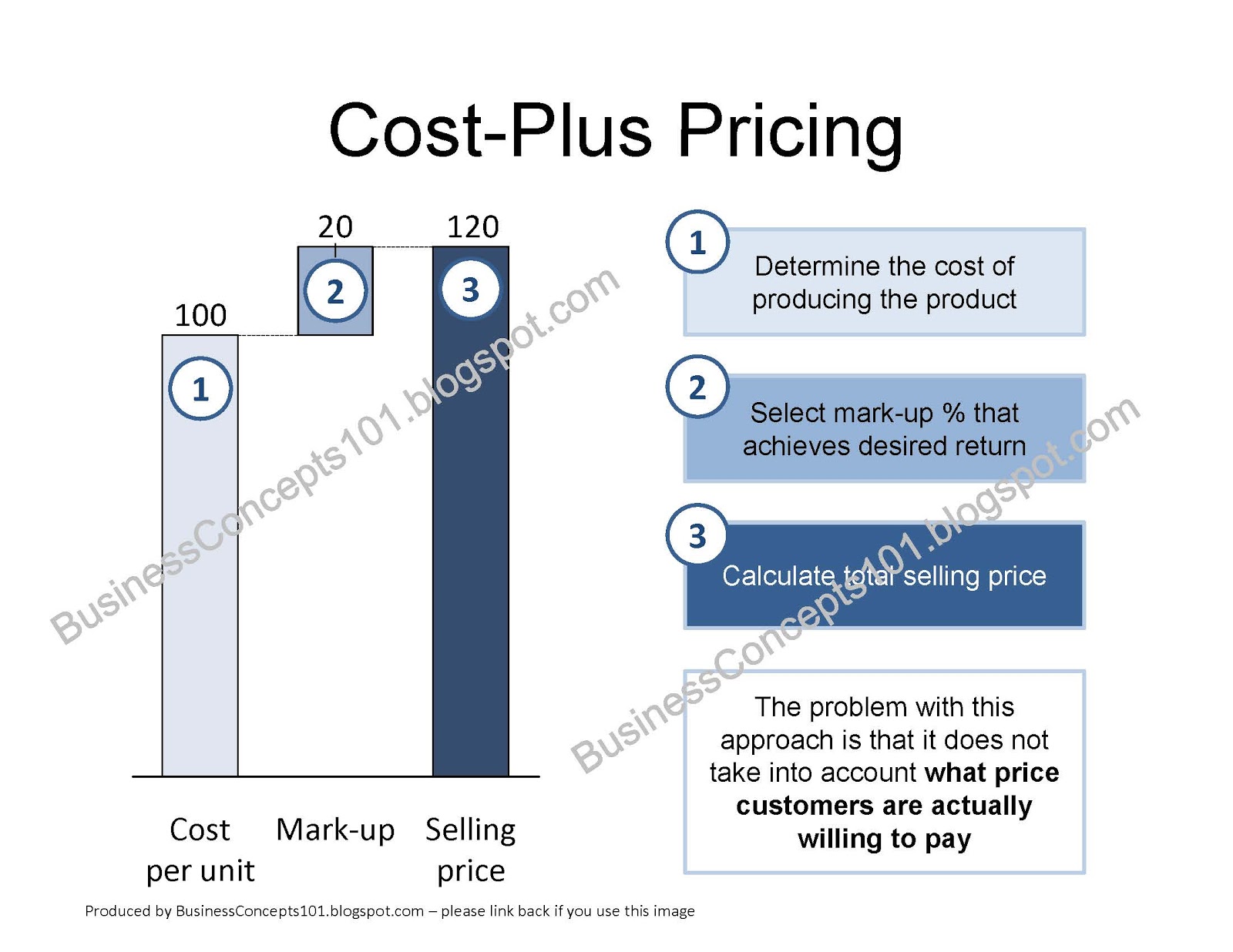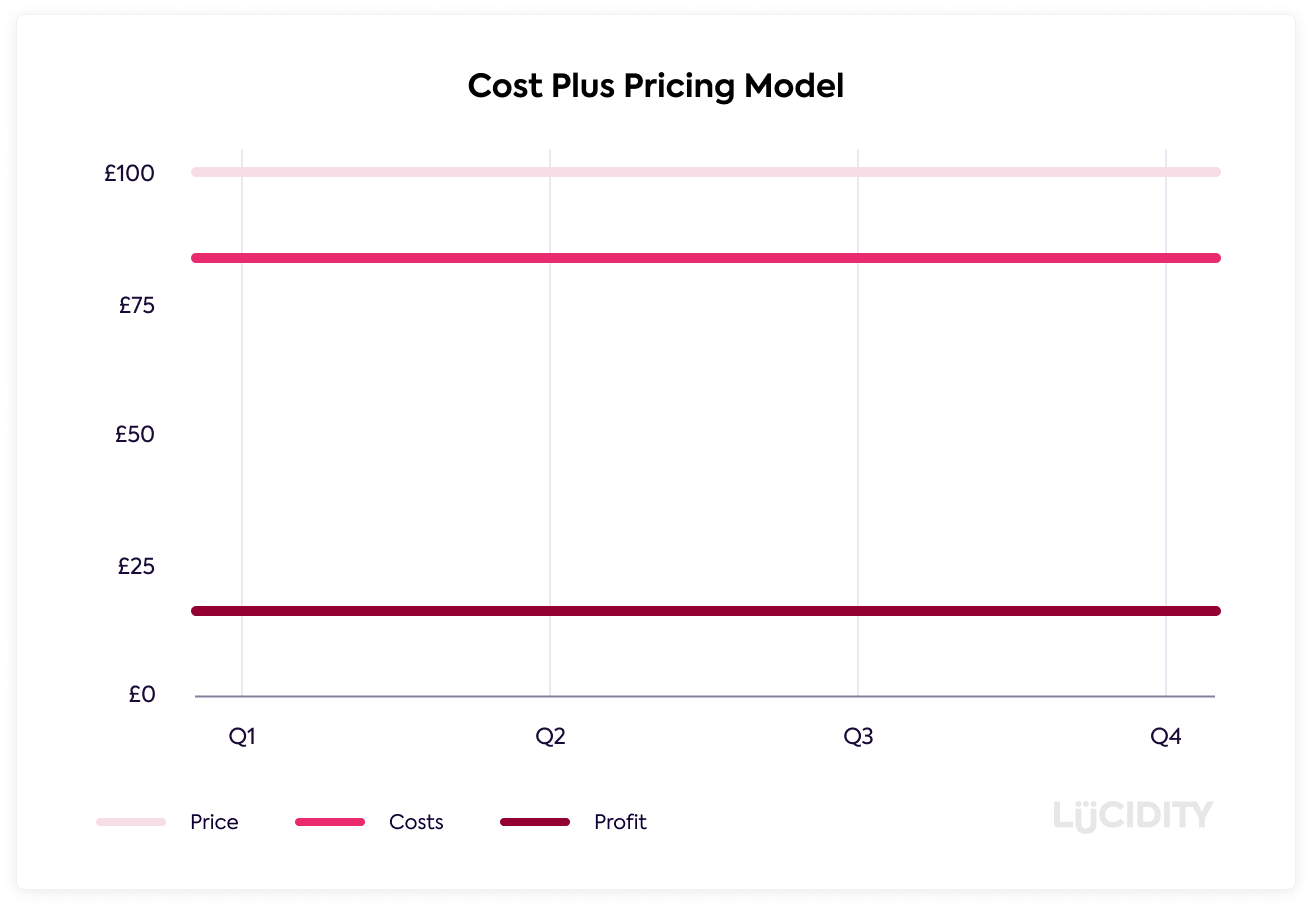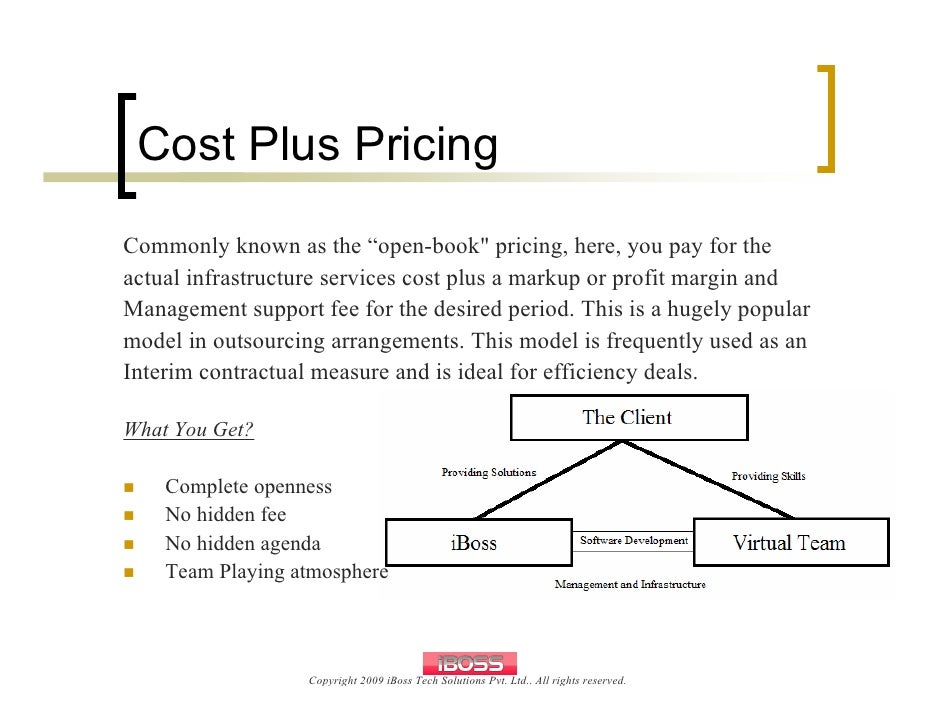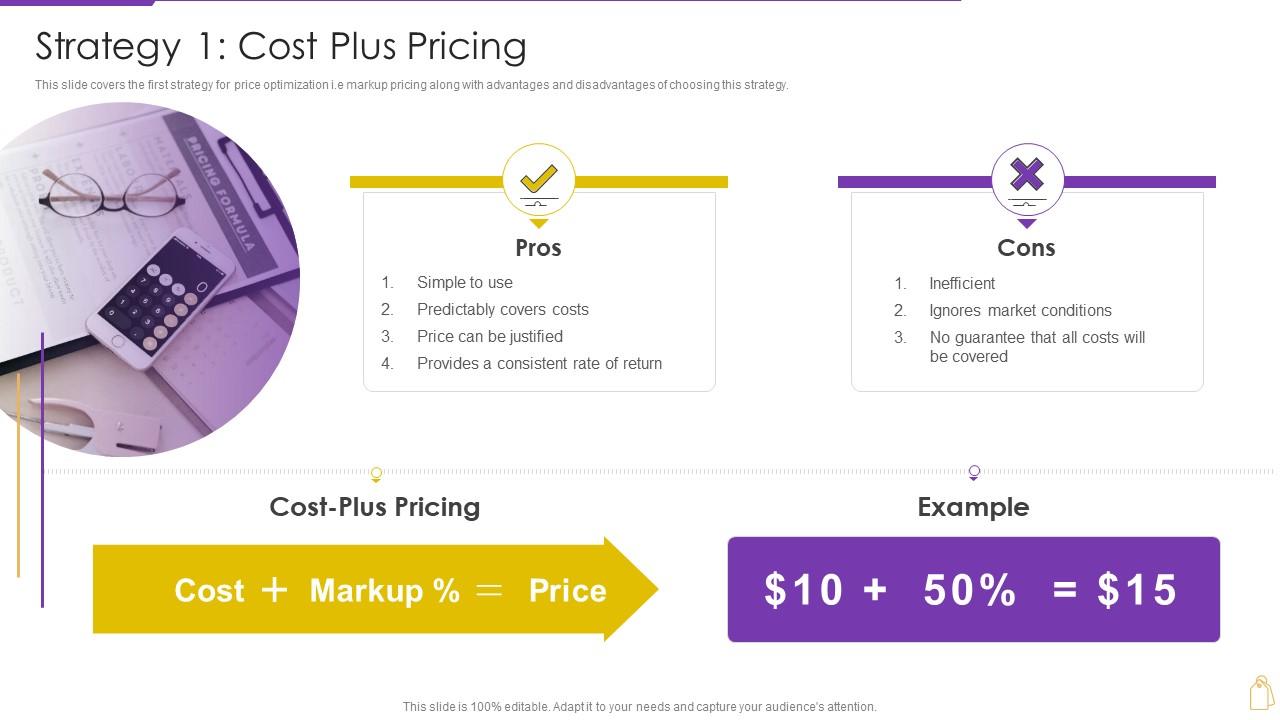Before You Decide Whether To Use The Cost Plus Model
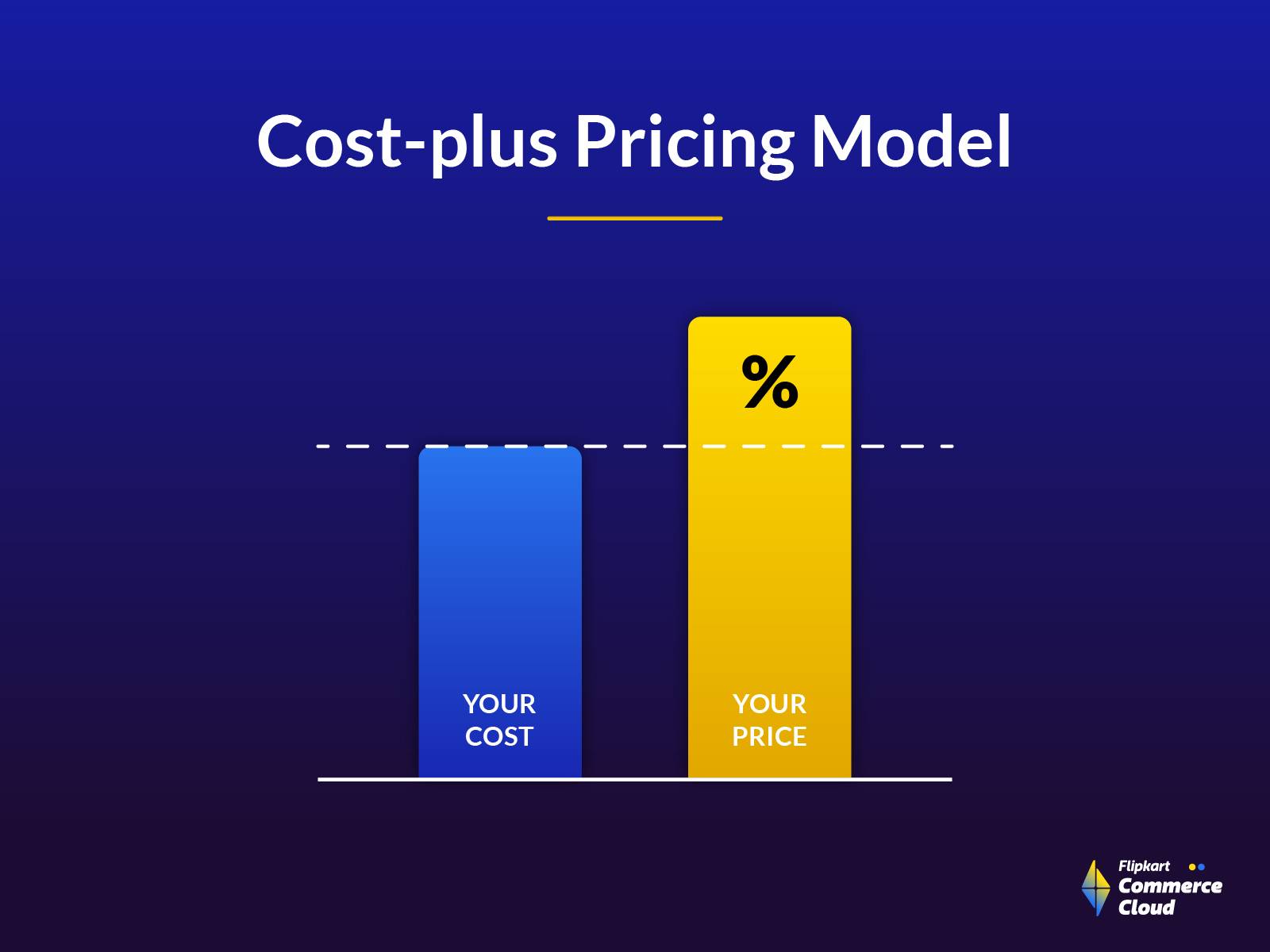
Imagine a bustling construction site, the air thick with the scent of sawdust and the rhythmic clang of hammers. A new office building is rising against the skyline, a testament to meticulous planning and collaborative effort. But behind the scenes, a crucial decision is being made: how will this project be paid for? The choice between different pricing models can be as critical as the blueprint itself, impacting everything from budget predictability to the project's final outcome.
The cost-plus contract is a popular payment structure for complex projects, but it’s essential to understand its nuances before diving in. It's a structure where the client agrees to pay the contractor for all direct and indirect costs, plus a fee representing profit. This article delves into the intricacies of the cost-plus model, providing essential insights to help you determine if it's the right fit for your next project.
Understanding the Cost-Plus Model
At its core, the cost-plus contract is straightforward. The client reimburses the contractor for all allowable expenses incurred during the project, and then pays an additional fee for the contractor's overhead and profit.
This fee can be calculated in a few ways: as a percentage of the total cost, as a fixed fee regardless of the cost, or as a fixed fee plus a percentage of cost savings.
The Different Flavors of Cost-Plus
Not all cost-plus contracts are created equal. There are several variations to consider, each with its own implications.
Cost-Plus Fixed Fee (CPFF): This is perhaps the simplest form, where the contractor receives a fixed fee on top of their costs. The fee remains the same regardless of how much the actual costs fluctuate. This type offers the contractor less incentive to control costs.
Cost-Plus Percentage Fee (CPPF): Here, the contractor's fee is a percentage of the project's total costs. While seemingly straightforward, this model can create a perverse incentive for the contractor to increase costs to boost their fee. Consequently, CPPF contracts are viewed as the riskiest option for the client.
Cost-Plus Incentive Fee (CPIF): This variation introduces a performance-based incentive. If the contractor meets or exceeds certain pre-agreed targets – such as staying under budget or completing the project ahead of schedule – they receive an additional bonus. This can promote better cost control and efficiency.
Cost-Plus Award Fee (CPAF): Similar to CPIF, CPAF involves an additional fee, but the amount awarded is based on subjective performance evaluations. The client assesses the contractor's performance against certain criteria, such as quality, responsiveness, and innovation, and awards a fee accordingly. This type of contract requires a high degree of trust and collaboration.
The Allure and the Pitfalls
The cost-plus model presents both advantages and disadvantages. Understanding these can help you make an informed decision.
The Advantages: Transparency and Flexibility
One of the biggest advantages of the cost-plus model is its transparency. The client has complete visibility into all the project's costs, as the contractor is required to provide detailed documentation and justification for every expense.
This transparency fosters trust and allows the client to track spending closely. The model also offers flexibility, especially in projects where the scope is uncertain or likely to change.
Unforeseen circumstances, such as unexpected site conditions or design modifications, can be easily accommodated without disrupting the entire project. This adaptability is crucial for projects with inherent uncertainties.
The Disadvantages: Cost Control and Administration
The main disadvantage of the cost-plus model is the potential for cost overruns. Without strong oversight and cost control measures, expenses can easily spiral out of control.
The contractor has less incentive to minimize costs since they are reimbursed for everything, plus receive a fee. Moreover, the administrative burden can be significant.
Meticulous record-keeping and frequent audits are essential to ensure that all costs are legitimate and reasonable. This can require significant time and resources from both the client and the contractor.
When Does Cost-Plus Shine?
The cost-plus model is best suited for projects with a high degree of uncertainty or complexity. These often include research and development projects, large-scale construction endeavors with undefined scopes, or projects requiring significant customization.
Projects where the scope is likely to evolve over time also benefit from the flexibility offered by the cost-plus approach.
According to a report by the Construction Management Association of America (CMAA), cost-plus contracts are frequently used in complex infrastructure projects due to their adaptability.
Mitigating the Risks
Despite the potential risks, there are several strategies to mitigate them and ensure the success of a cost-plus project. One crucial aspect is establishing clear and well-defined cost control measures from the outset.
This includes setting realistic budgets, establishing approval processes for expenses, and conducting regular cost audits. Implementing a guaranteed maximum price (GMP) can provide an additional layer of protection.
A GMP sets an upper limit on the project's total cost. The contractor is still reimbursed for their actual costs, but they are responsible for any expenses exceeding the GMP. This motivates them to control costs more effectively.
Furthermore, strong communication and collaboration between the client and the contractor are essential. Frequent meetings, transparent reporting, and a collaborative approach can help to identify and address potential issues early on.
Building a trusting relationship with the contractor is key to ensuring that they are acting in the client's best interests.
Real-World Examples
Consider the construction of a state-of-the-art research facility. The project involves cutting-edge technologies and a highly specialized design. The exact costs may be difficult to predict at the outset, making a fixed-price contract risky for both parties.
A cost-plus contract allows the project to proceed with flexibility and transparency, ensuring that the research facility is built to the highest standards without being constrained by unrealistic budget assumptions.
Another example is a complex software development project. The requirements may evolve as the project progresses, and unforeseen technical challenges may arise. A cost-plus contract provides the adaptability needed to navigate these uncertainties.
Making the Right Choice
Choosing the right pricing model is a critical decision that can significantly impact the success of your project. While the cost-plus model offers transparency and flexibility, it's not a one-size-fits-all solution. Consider the nature of your project, your risk tolerance, and your ability to manage costs effectively.
If you value transparency and flexibility above all else, and you are willing to invest the time and resources needed to oversee costs closely, the cost-plus model may be the right choice.
However, if you prioritize cost certainty and prefer to delegate more responsibility to the contractor, a fixed-price contract may be more suitable.
Before making a final decision, consult with legal and financial professionals to assess the risks and benefits of each pricing model.
A Final Thought
Selecting the right pricing structure is a critical step towards project success. The cost-plus model, with its transparency and flexibility, can be a valuable tool when used wisely. Remember to weigh the advantages against the potential disadvantages and take steps to mitigate the risks. With careful planning and diligent execution, you can harness the power of the cost-plus model to bring your vision to life.
